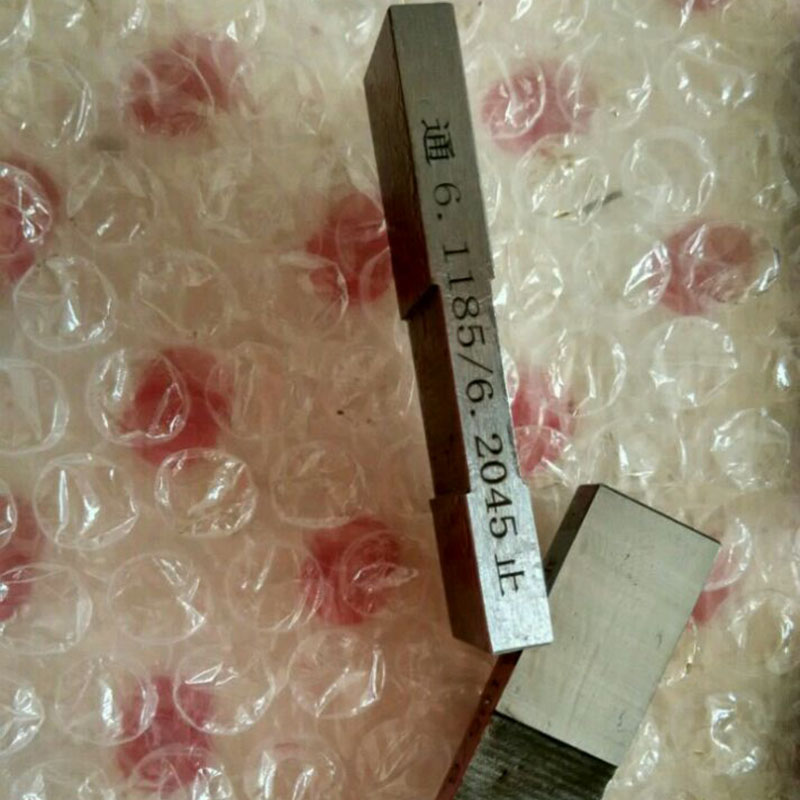Dhj . 13, 2024 07:11 Back to list
leveling mounts
Understanding Leveling Mounts Enhancing Stability and Precision
Leveling mounts are essential components in various industries, from manufacturing and construction to broadcasting and telecommunication. They play a pivotal role in ensuring that equipment and structures remain stable, secure, and accurately positioned. This article delves into the importance, types, applications, and benefits of leveling mounts, offering insight into how they contribute to operational efficiency and safety.
What Are Leveling Mounts?
Leveling mounts, also known as leveling feet or adjustable feet, are devices designed to support and stabilize equipment, allowing for precise adjustment of height and balance. Typically made from materials such as metal or durable plastic, these mounts consist of a threaded rod or foot that can be adjusted either up or down. This adjustability compensates for uneven surfaces, making it possible to achieve a perfect level across a wide array of settings.
Types of Leveling Mounts
There are several types of leveling mounts, each suited to different applications and requirements
1. Standard Leveling Mounts These basic mounts are equipped with a threaded rod and foot. They are typically used in industrial settings for machinery and equipment to provide solid support.
2. Heavy-Duty Leveling Mounts Designed for more substantial loads, heavy-duty mounts can support larger weights and are often found in manufacturing and heavy equipment applications.
3. Vibration-Damping Mounts These mounts are specifically designed to absorb vibrations and shocks, making them ideal for sensitive equipment, such as laboratory instruments and high-precision machinery.
4. Swivel Leveling Mounts Featuring a ball-and-socket design, these mounts allow for more flexibility in positioning, making them suitable for applications where equipment needs to be adjusted frequently.
5. Locking Leveling Mounts Equipped with a locking mechanism, these mounts ensure that once the desired height is achieved, the component remains securely in place, which is crucial for maintaining stability in dynamic environments.
Applications of Leveling Mounts
Leveling mounts are utilized across many sectors, including
leveling mounts

- Manufacturing In factories, machines must operate on level surfaces to ensure proper functioning and safety. Leveling mounts provide the necessary adjustments to accommodate various floor conditions.
- Construction When erecting structures, ensuring that the foundation and subsequent levels are stable is crucial. Leveling mounts help builders maintain precision in their work.
- Telecommunication In this sector, antennas and towers must be meticulously leveled for optimal performance. Leveling mounts facilitate the required adjustments amidst variable terrain.
- Laboratories Precision instruments must remain stable and level for accurate measurements and experiments
. Leveling mounts help achieve the required balance.Benefits of Leveling Mounts
Integrating leveling mounts into operational setups offers numerous advantages
- Enhanced Stability By ensuring that equipment is properly leveled, the risk of accidents and malfunctions is significantly reduced.
- Increased Precision Leveling mounts help maintain alignment and position, which is critical in applications where precision is paramount.
- Adaptability Leveling mounts can be adjusted to suit varying floor conditions, making them versatile for different environments.
- Improved Longevity By reducing stress on equipment, leveling mounts can extend the lifespan of machinery and components.
- Ease of Maintenance With adjustable feet, it is easier to perform repairs and maintenance without needing extensive disassembly, saving time and costs.
Conclusion
Leveling mounts are more than just support devices; they are integral to the functionality and safety of various industries. Their ability to provide stability, precision, and adaptability makes them a valuable asset in modern operations. As industries continue to evolve, the importance of reliable leveling mounts will undoubtedly grow, ensuring that equipment and structures perform optimally in an ever-changing environment.
-
Precision Manufacturing with Advanced Spline Gauge DesignNewsJul.31,2025
-
Industrial-Grade Calibrated Pin Gauges for Exact MeasurementsNewsJul.31,2025
-
Industrial Filtration Systems Depend on Quality Filter DN50 SolutionsNewsJul.31,2025
-
High-Performance Gate Valve WholesaleNewsJul.31,2025
-
Granite Surface Plate The Ultimate Solution for Precision MeasurementNewsJul.31,2025
-
Granite Industrial Tools The Ultimate Guide for Bulk BuyersNewsJul.31,2025
Related PRODUCTS









